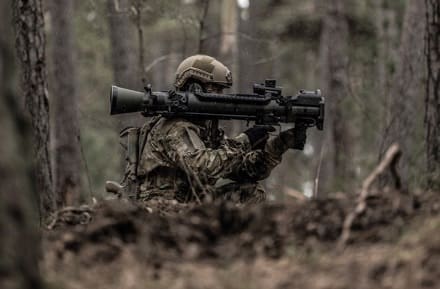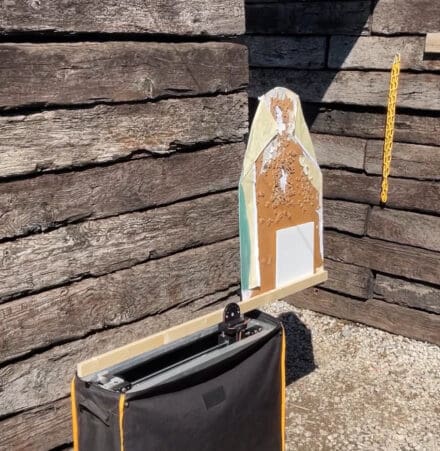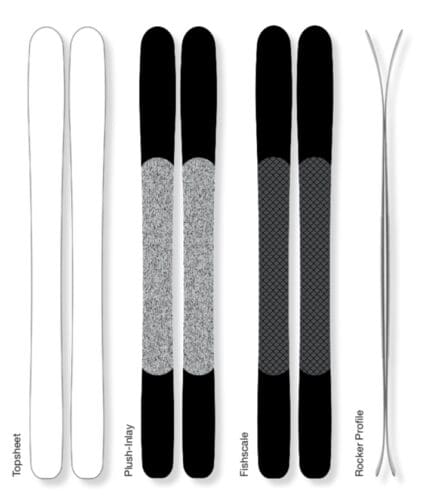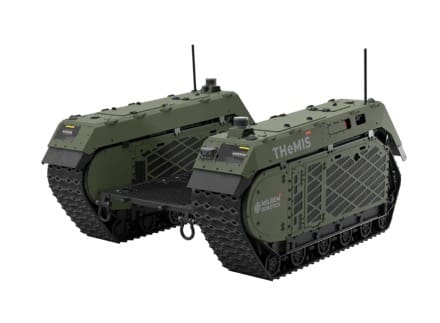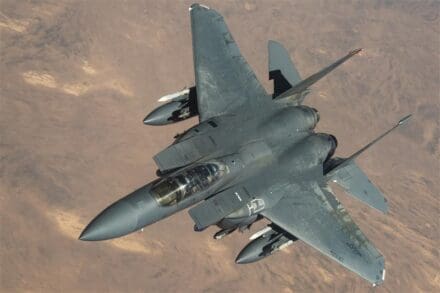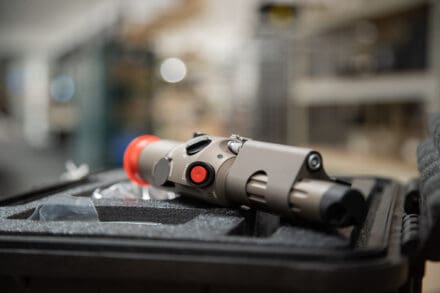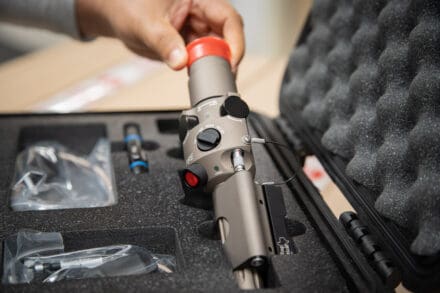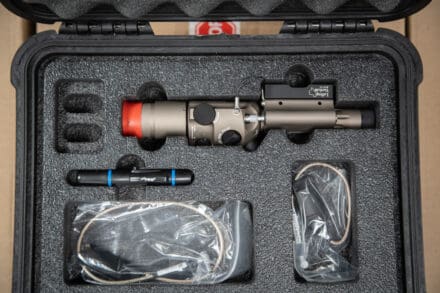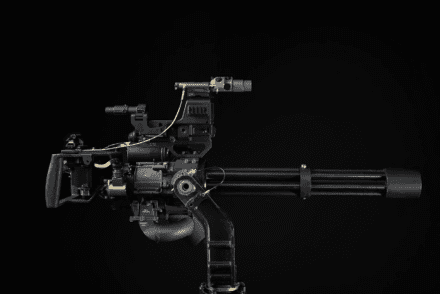NP Aerospace, the global vehicle integrator and armour system design and manufacturer, has today announced the placement of a contract by Marshall Canada with NP Aerospace Canada, for the design and delivery of Armoured Personnel Transport Modules (APTM) as part of their wider Logistic Vehicle Modernization (LVM) program. NP Aerospace is exhibiting at CANSEC 2025 in Canada, at booth 1729.

The contract will see NP Aerospace design, develop, test, certify and produce the APTMs over a 3- year period as a major supplier to the Power Team – an industry consortium comprising General Dynamics Land Systems-Canada, Marshall Canada, Mercedes-Benz (Daimler Trucks), Manac and Soframe. The Power Team was formally awarded the LVM contract by Canada’s Department of National Defence in May 2024.
The modules will provide a significant level of blast and ballistic protection to the internally transported personnel. With a fully integrated design, the system will deliver the functionality and protection required to safely and comfortably transport troops on the back of Canada’s new fleet of Mercedes-Benz Zetros trucks, adding significant capability, protection, mobility and flexibility to deployed dismounted troops.
As a modular ISO compatible system, the APTMs will be interchangeable between multiple base LVM platforms, as well as being able to be ground-dumped when not in use. The ISO compatibility also means they can be easily and commonly handled for strategic logistic purposes, on trucks, ships and in aircraft.
NP Aerospace is already fully established as a trusted global supplier of vehicle-related products and services including integrated vehicle armour systems, such as the APTM, with a proven and resilient track record in delivering armour system design and cutting-edge lightweight armour materials technology. This contract will result in the recruitment of up to 20 more staff at NP’s Ontario base, continuing their successful growth trajectory and further contributing to the London and Southwestern Ontario region.
Alain Gauthier, Marshall Vice President – North America, said: “we are delighted to be growing our strategic relationship with NP Aerospace while investing in our Canadian supply chain under the LVM program. NP Aerospace is already a trusted supplier and partner, and we know the team possesses the required facilities, skills, knowledge, procurement and processes in place to provide the next generation of armoured personnel transport modules for the Canadian Armed Forces.”
James Kempston, NP Aerospace CEO, commented: “we’re proud to have been selected by Marshall Canada to design and deliver the APTM systems. The LVM program is a major procurement for Canada’s Department of National Defence and for NP Aerospace to be in the ‘Power Team’ supply chain is significant for us. The APTM requirement set is demanding but we have the skills and the know-how to design, develop, test and deliver a first class and compliant system”. He added: “our Canadian business is growing fast having doubled in staff in the last 12 months, and this contract will enable us to further develop our on-shore capability to serve our customers, both domestically and as a Canadian exporter. The future is bright, and I thank everyone who has been involved in this success story to date as we look forward to a continuation and expansion of our collective achievements in Canada and beyond.”


